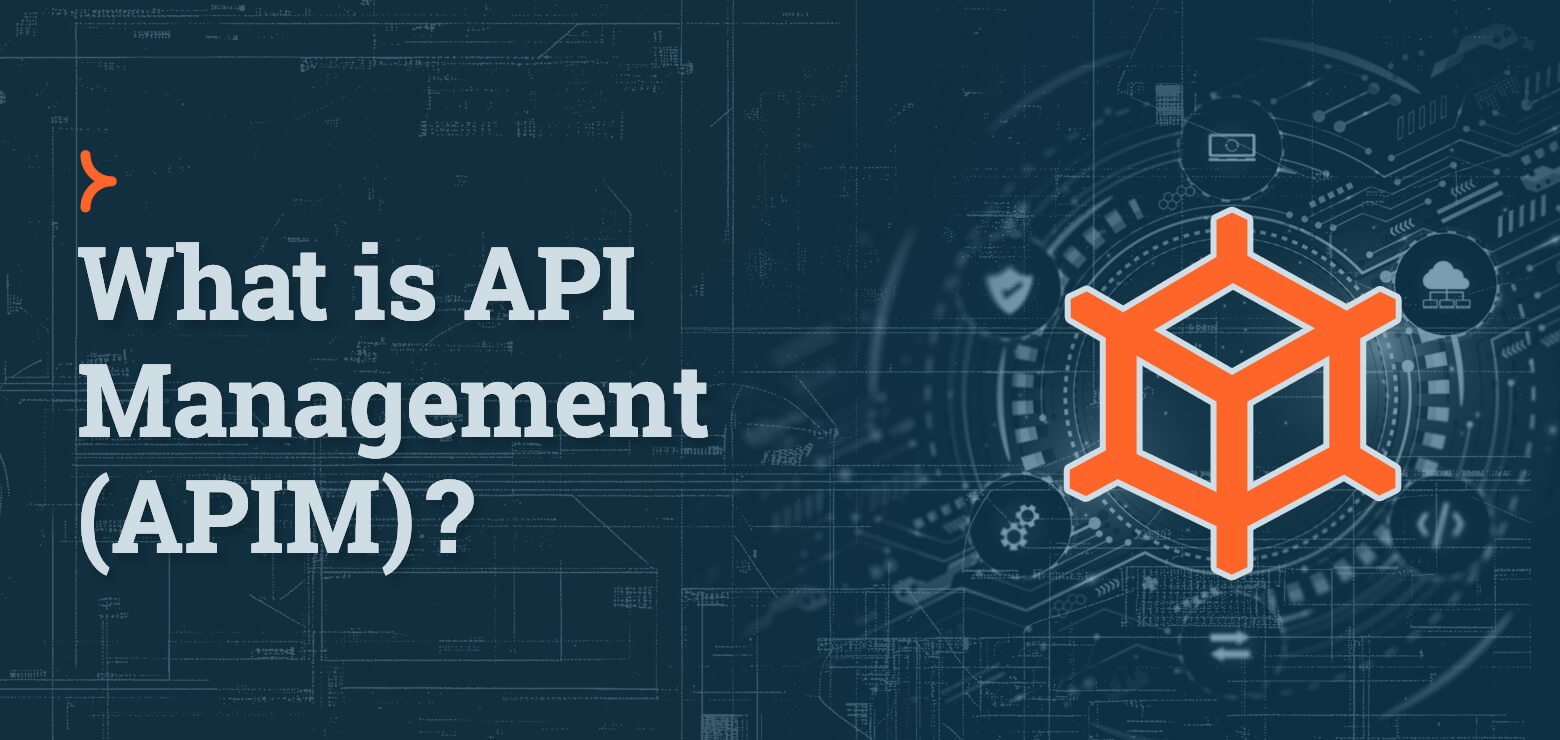As the connecting thread between internal and external systems, APIs (Application Programming Interfaces) enable real-time data sharing, instant cross-platform interaction, and workflow automation for modern businesses. Once considered the domain of IT departments, APIs now play a critical role across all areas of business, empowering teams in marketing, sales, operations, and beyond to leverage data more effectively than ever before.
But as API use becomes more widespread, managing them becomes increasingly complex—that’s where an API management platform, like Jitterbit’s API Manager, comes in. These platforms give businesses the tools to manage their existing APIs, and seamlessly integrate new ones for optimal performance, scalability, and compliance.
What is API Management, or APIM?
API management (APIM) is the process of creating, publishing, securing and monitoring APIs—essentially, managing the entire lifecycle of an API from design to retirement.
Proper API management ensures that APIs are secure, scalable, and compliant with industry standards, while also enabling businesses to manage traffic, monitor performance, and control access. This is especially important for integrating new APIs that need to work seamlessly with existing systems.
Understanding the API Lifecycle
API management encompasses every part of the API lifecycle, which includes:
- Design: Creating the API blueprint, defining endpoints, methods, and data formats.
- Publishing: Making the API accessible to users, including setting permissions and ensuring compliance with regulations.
- Monitoring: Keeping track of performance metrics, error rates, and usage patterns to ensure optimal operation.
- Security: Implementing measures like authentication, encryption, and rate limiting to protect against threats.
- Management: Updating, scaling, and retiring APIs as necessary to adapt to evolving business needs and technological advancements.
Benefits of API Management
1. Scalability
API management ensures that your APIs can easily scale to meet increased demand. This means handling more traffic, more complex data sets, and larger workloads without sacrificing performance. With proper API management, businesses can expand their reach and capabilities without disruptions.
2. Enhanced Security
Security is a top priority in API management. It involves protecting APIs from unauthorized access, monitoring for vulnerabilities, and ensuring compliance with industry standards. This helps prevent breaches and data leaks, safeguarding sensitive data and maintaining user trust.
3. Faster Time to Value
API management accelerates the deployment and integration of APIs, allowing businesses to quickly deliver new features and updates. This leads to faster market entry, innovation, and the ability to respond promptly to customer demands and changes in the market.
4. Optimized Performance
Proper API management optimizes API response times and reduces latency. It involves load balancing, rate limiting, and traffic management to ensure APIs perform efficiently under varying conditions, leading to a smoother user experience and improved overall system performance.
5. Data-Driven Insights
With comprehensive monitoring and analytics, API management provides valuable insights into API performance, usage patterns, and errors. This data-driven approach allows businesses to make informed decisions, optimize API strategies, and improve the overall user experience.
With Jitterbit API Manager, you can streamline API creation and management by rapidly building APIs from iPaaS connections, then securing and managing them with comprehensive control and visibility over API lifecycle management.
How an API Management Platform Works
An API management platform serves as the central hub for managing the lifecycle of APIs. It provides the necessary tools and interfaces to handle APIs securely and efficiently across various environments, including:
API Gateways
API gateways are essential components of an API management platform. They serve as the point of access for API requests, handling all the security and traffic management tasks.
API Management Dashboard
An API management dashboard provides a centralized view of APIs across all environments, making it easy to report on API usage and monitor them effectively.
API Developer Portal
A developer portal is a dedicated space where developers can test APIs and access comprehensive usage information. This portal facilitates easy yet secure access to API resources and encourages developers to explore new features and functionalities.
API Monitoring & Analytics
An API management tool should also provide detailed processing and debug logs to monitor performance, as well as metrics on consumption and response times for troubleshooting and maintaining APIs.
Use Cases and Examples
Without an API management platform, APIs are susceptible to data breaches and unauthorized access. API gateways, role-based access control, and proactive monitoring prevent misuse and protect sensitive data.
Using an API management platform’s developer portal, businesses can streamline partner onboarding and collaboration without compromising security or performance.
Features like access control, data encryption, and audit trails help businesses comply with regulatory requirements like GDPR or HIPAA for handling and processing data.
Get Started with an Enterprise API Manager
Don’t let the complexity of managing APIs slow down your business. Jitterbit API Manager empowers enterprises to seamlessly create, secure, and manage APIs, driving automation and scalability. Here’s how:
- Rapid API Creation: Build and publish APIs from integrations with just a few clicks, migrate them across environments, and extend functionality effortlessly.
- Enhanced Security and Control: Protect APIs with authentication options like OAuth 2.0 and API keys, enforce rate limiting, and deploy private gateways for optimized traffic control.
- Intuitive User Experience: Non-technical users can easily create and publish APIs using guided tools, while developers benefit from seamless integration with Jitterbit’s Integration Studio.
- Effortless API Consumption: Simplify API consumption with branding options, usage terms, and tools for internal and external developers.
- Comprehensive Monitoring: Track performance and usage trends through a visual dashboard, access detailed logs, and gain insights for better API management.
- OpenAPI/Swagger Integration: Auto-generate interactive documentation for APIs, enabling quick testing and validation before deployment.



